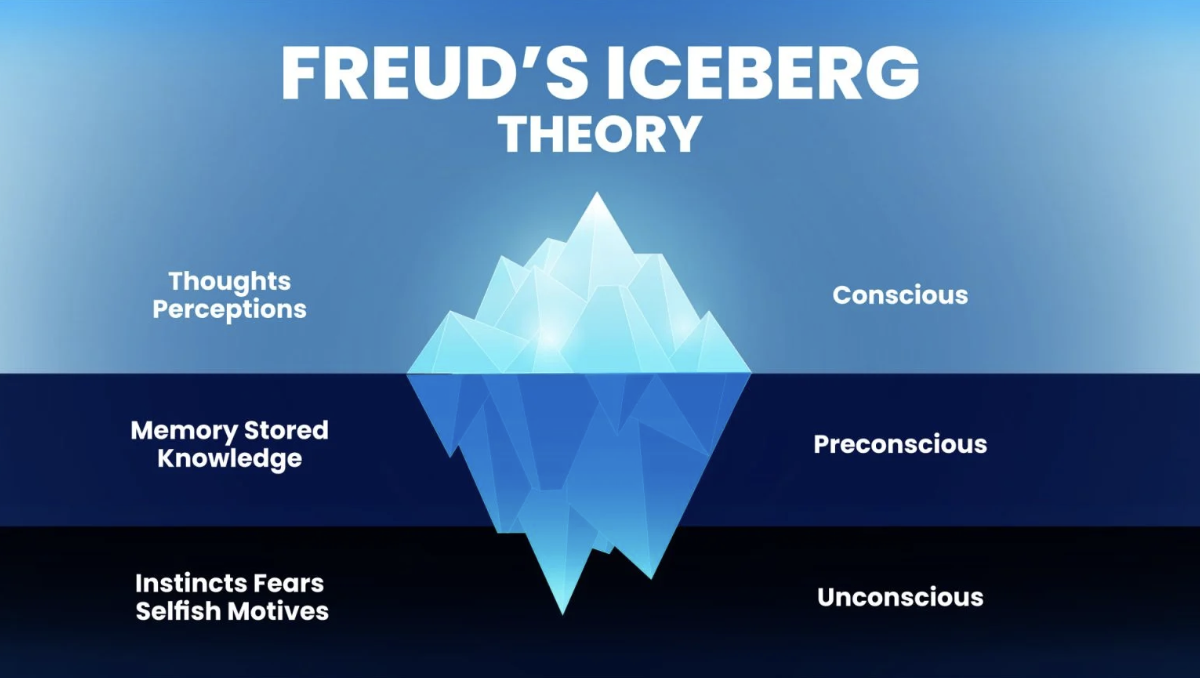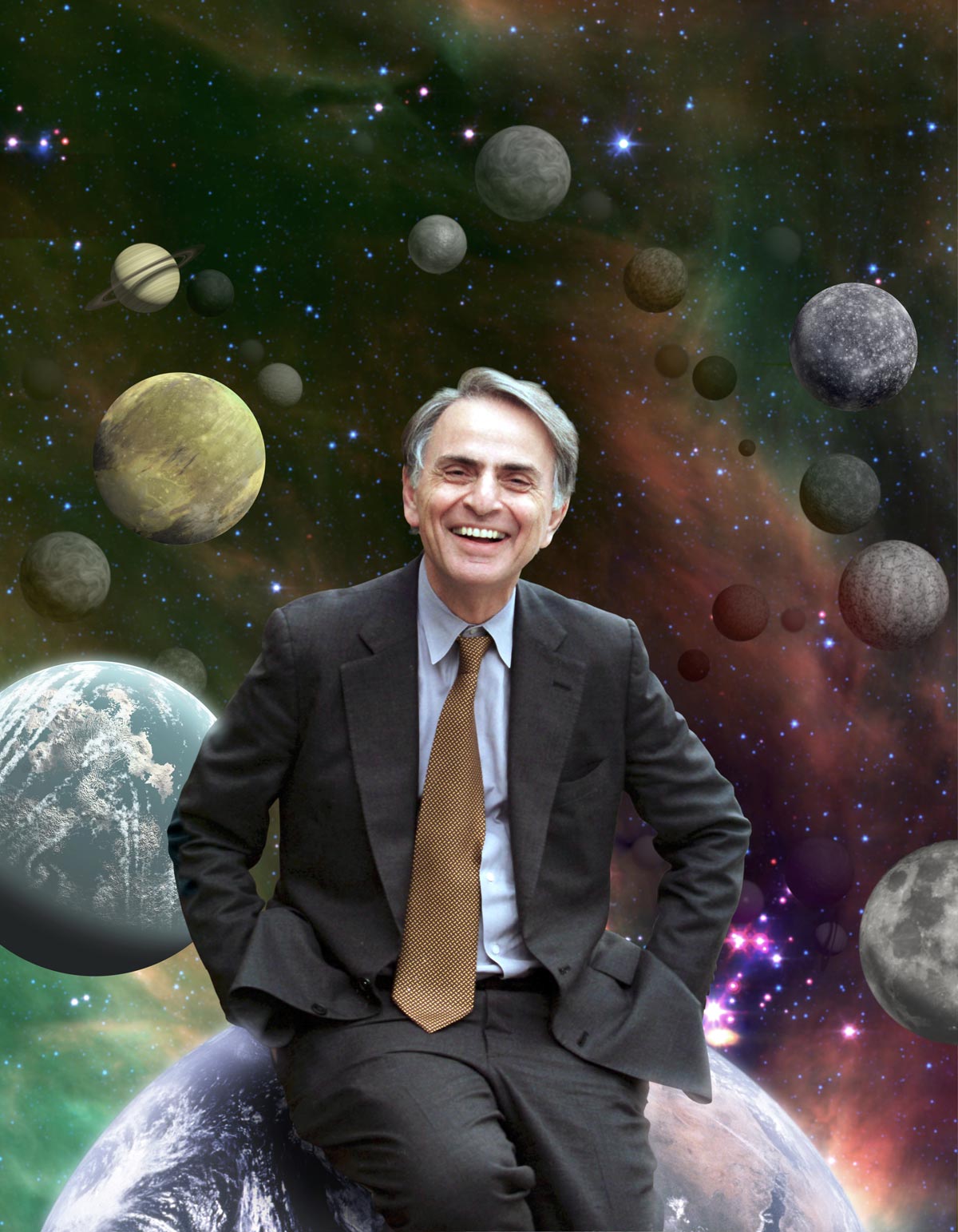By Chuyin Jin, Year 12
Sigmund Freud is a well-known Austrian neurologist who founded the theory of psychoanalysis, which entails “a system of psychological theory and therapy that aims to treat mental conditions by investigating the interaction of conscious and unconscious elements in the mind.” Psychoanalysis brings “repressed fears and conflicts into the conscious mind by techniques such as dream interpretation and free association” (Oxford Dictionary).
With all of that being said, what do Freud’s elements of the mind represent?
As in the image above, Freud’s theory can be simply visualised in a figurative iceberg, where the tip is our conscious mind, the middle under the surface of the water is the preconscious mind, and the bottom is completely submerged, representing the unconscious mind.
Firstly, the conscious mind consists of all mental processes of which we are aware. Hence our thoughts and perceptions, the part of our mind that is clear to us when we have our usual reflections. For example, when you feel hungry, you’ll probably get food, or when you’re feeling warm, you’ll take off a piece of clothing. It represents our active and current mental processes.
Secondly, the preconscious mind consists of easily accessible memories which the individual can rapidly retrieve in their psyche without a lot of effort. It is often described as a “mental waiting room”, storing information that we use daily, recalled by the conscious mind when we need them. For example, your address may not be in your conscious mind most of the time, but you can recall it very quickly if needed. Some “soft” emotional experiences may also be stored in the pre-conscious, unlike impactful or traumatic emotions which are repressed. An example would be a memory of getting ice cream as a child, where mild happiness might be in play, but without any strong impact on the individual as a whole.
Finally, the unconscious mind consists of the part of our mind which is inaccessible, but still affects our emotions and behaviour daily. It stores our most primitive desires and impulses that are repressed for one reason or another, mostly from our past experiences. This influences our feelings, decisions and motives in life. The unconscious can represent our fears, unconventional desires, violent motives, irrational wishes, immoral urges, selfish needs, shameful experiences, and traumatic experiences.
Freud believed this part of the human psyche to be vital and that it must be “kept in the individual” as any type of “leakages” can cause immense damage to the person and their surroundings since it is irrational, emotional, and has no concept of reality. The repression of this part of ourselves is, according to Freud, usually undertaken via the use of defence mechanisms such as denial. He also recognises that some physical symptoms might have psychological causes, such as in hysteria – it has no physical cause, but does have physical symptoms, which led to his theorising that problems in the unconscious mind can cause them. It also stores our biological instincts for sex and aggression, and Freud argues that those urges do not normally surface in our conscious behaviour because we deem it unacceptable to us. Other ways that the unconscious mind can manifest itself are in dreams and slips of tongues where we can catch a slight glimpse of some repressed information stored there.
With the progression of psychology, some scientists argue that Freud’s theory is not complete and does not represent the mind’s essence, yet the undeniable popularity that Freud has brought to this theory has impacted the fundamental basis of most modern psychologists’ research.



